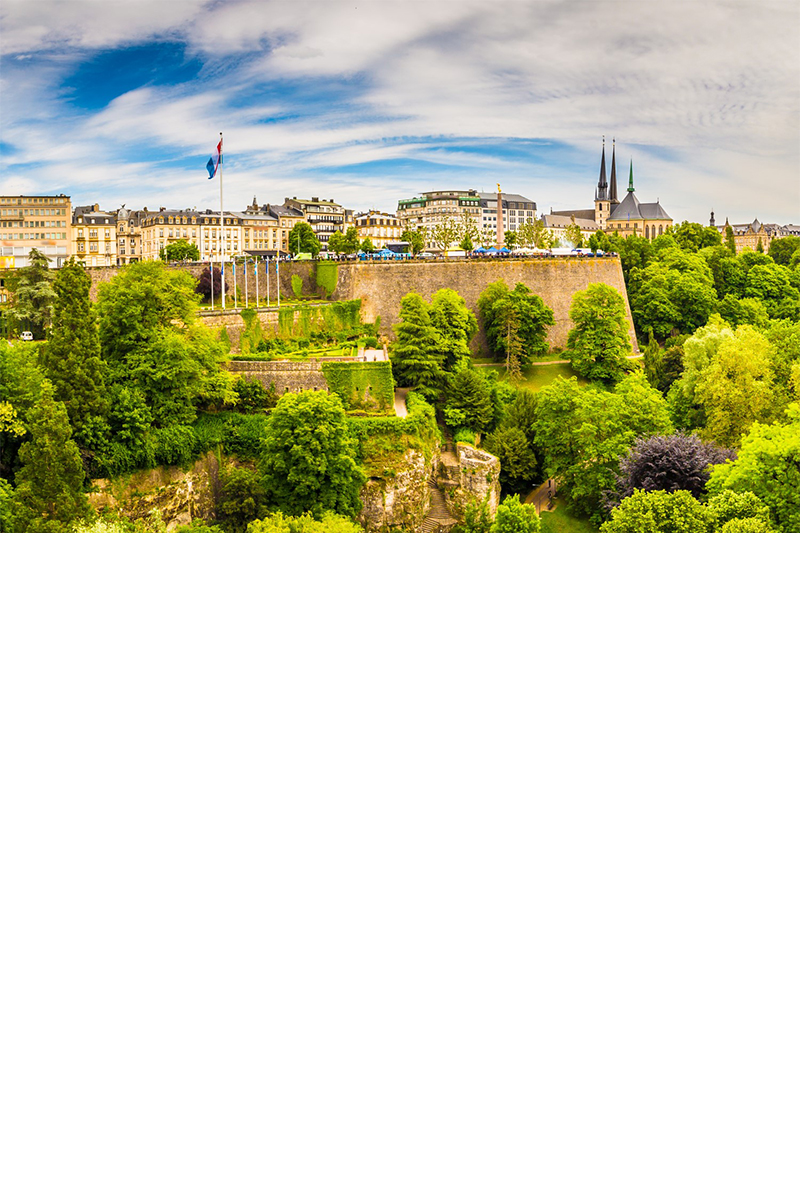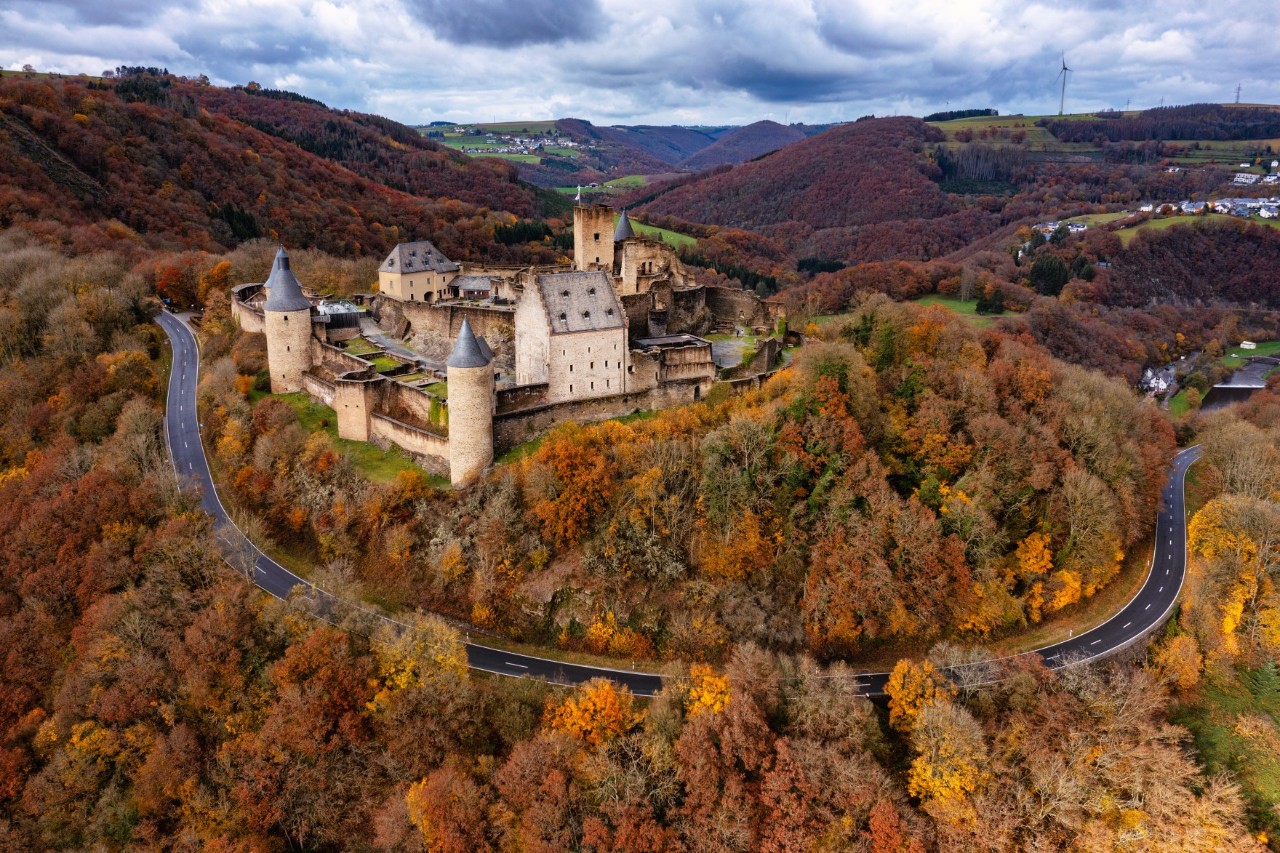A Traditional City in the Heart of Europe
Luxembourg is a cosmopolitan city with modern architecture and a history steeped in tradition. Several important EU institutions are located in the capital of the Grand Duchy of the same name, including the Court of Justice of the European Union and the European Court of Auditors. Sat atop a rocky plateau, the Old Town and its fortifications are a UNESCO World Heritage Site.
Diversity and openness are part of life in Luxembourg with a population consisting of around 160 nationalities. There are three official languages – Luxembourgish, German and French – and English and Portuguese are also frequently heard.
Multilingualism is not only for the working environment, but is also present in culture, museums and theatres. Visitors to Luxembourg experience a European microcosm with a connection to the Grand Duchy’s wonderful natural scenery.
Numbers, data, facts
- Time difference: none
- Population: 133.000
- Official language: Luxembourgish, German, French
- Currency: Euro (EUR)
A walk through the capital
Small but impressive: the Grand Duchy of Luxembourg
Anyone who thinks Luxembourg is only about banking is mistaken. The only Grand Duchy in the world is made up of five regions, each of which captivates visitors with its own beauty with a variety of castles, palaces, vineyards, wild and romantic nature and picturesque places. The capital of the same name is surrounded by the idyllic Gutland region with the Valley of the Seven Castles. The Luxembourg Ardennes with their famous castles in the north of the country are ideal for hiking. Mullerthal in the north-east is home to fantastic rock formations and deep forests. The Moselle region, which includes the famous village of Schengen, includes some excellent wine-growing areas. Luxembourg is no larger than the German state of Saarland and, therefore, the second smallest country in the European Union. The Benelux country is the first in the world where public transport is completely free to use.
Discover the only Grand Duchy in the world
Luxembourg from BER
- Airlines to Luxembourg
- Airports from BER
Five travel tips for ...
- Hike through 1,000 years of history on the Wenzel (Wenceslas) circular walk
- Explore the old fortress on the Vauban circular walk
- Wander through the Bock casemates’ underground labyrinth
- Enjoy the view on a walk along the Corniche
- Walk from the Upper Town along Rue Large to Grund in the valley
- The National Museum of History and Art at the Fish Market
- The permanent historical exhibition at the City Museum
- The former women’s prison and present-day Museum of Natural History
- “MUDAM” contemporary art museum
- Changing exhibitions at the cultural centre of Neumünster Abbey
- Europe’s most beautiful balcony: the Corniche on the fortress wall
- The panoramic view from the roof terrace of Galeries Lafayette
- From the Grand Duchess Charlotte Bridge to the Pfaffental Valley
- From the Passerelle to the Old Town, the Alzette and Petrus Valleys
- Take the panoramic lift up to the Upper Town
Picture source title:
© powell83/stock.adobe.com
The information published on this page is current as of the date of publication or update.


















